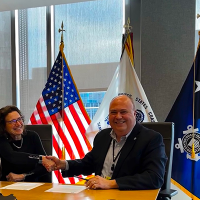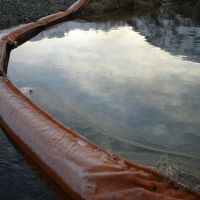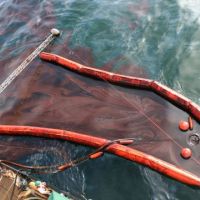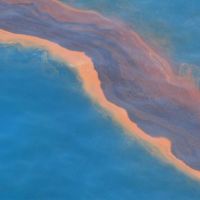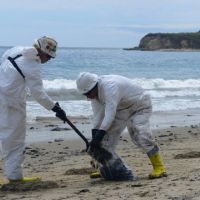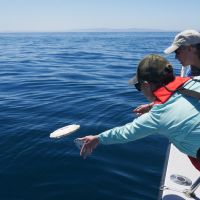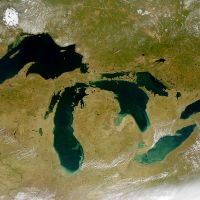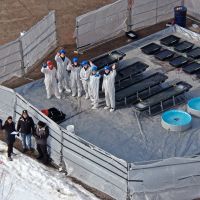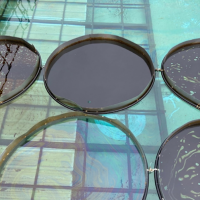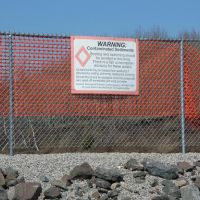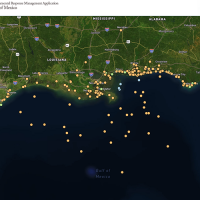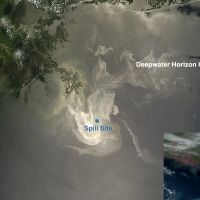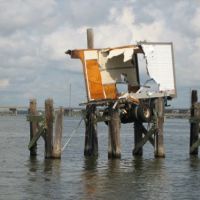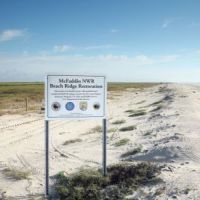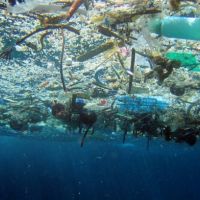MARCH 11, 2024 — On February 15, the Office of Response and Restoration met with the U.S. Coast Guard to commemorate the signing of the Environmental Response Management Application (ERMA®) Interagency Agreement. This milestone agreement sets forth standardized protocols for employing ERMA in U.S.
25 Years of Response and Restoration
Welcome to the 25th anniversary celebration for the Office of Response and Restoration! Better known as OR&R, the office’s origins date back to 1976 when the U.S. Coast Guard relied on NOAA scientists to support operational decisions during an oil spill that resulted from a tanker grounding near Nantucket Shoals, Massachusetts.
In 1999, OR&R was officially created to optimize NOAA's pollution response and restoration activities. Today, OR&R’s primary role is to protect and restore ocean and coastal resources from the impacts of oil, chemicals, marine debris, and related effects from natural and manmade disasters to benefit the public, environment, and economy. Learn more about the legacy of OR&R in this video message from the National Ocean Service’s Assistant Administrator Nicole LeBoeuf.
The Office of Response and Restoration turns 25 on February 28, 2024. Celebrate with us all year long as we share highlights of OR&R’s years of service to both coastal environments and communities.
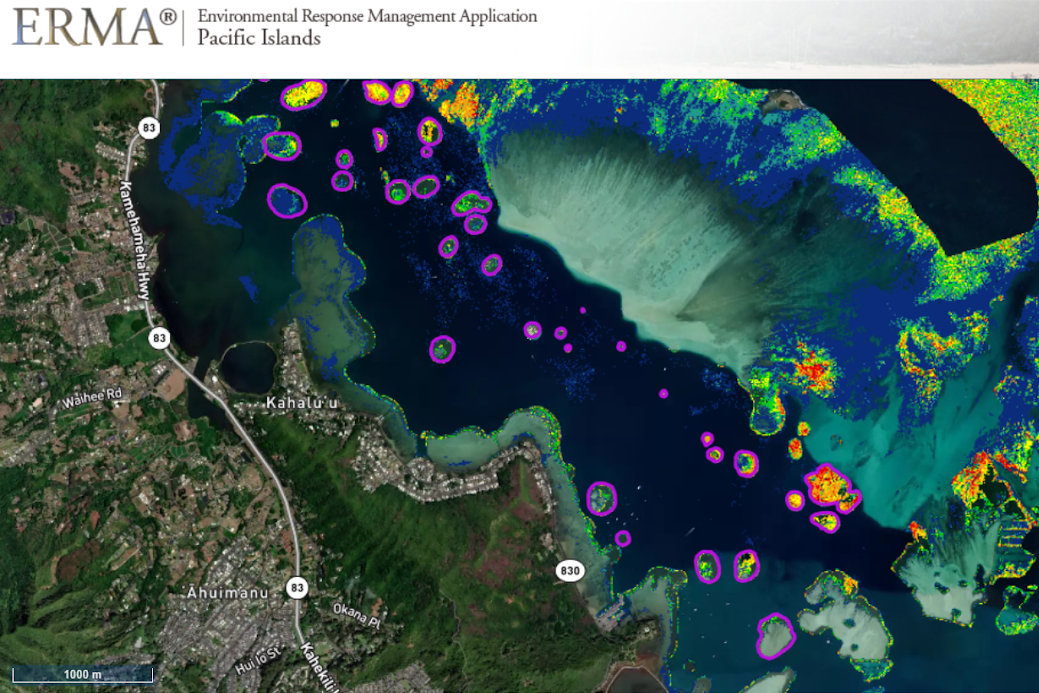
Discover Resources for Response Communities
To better prepare response communities for marine pollution incidents, OR&R develops map and data tools and provides training for spill response and planning.
Discover Response and Restoration Education
Explore an ocean's-worth of information related to our efforts to protect and restore the nation's waters from pollution. You'll find experiments and activities for elementary school students and life-long learners alike.
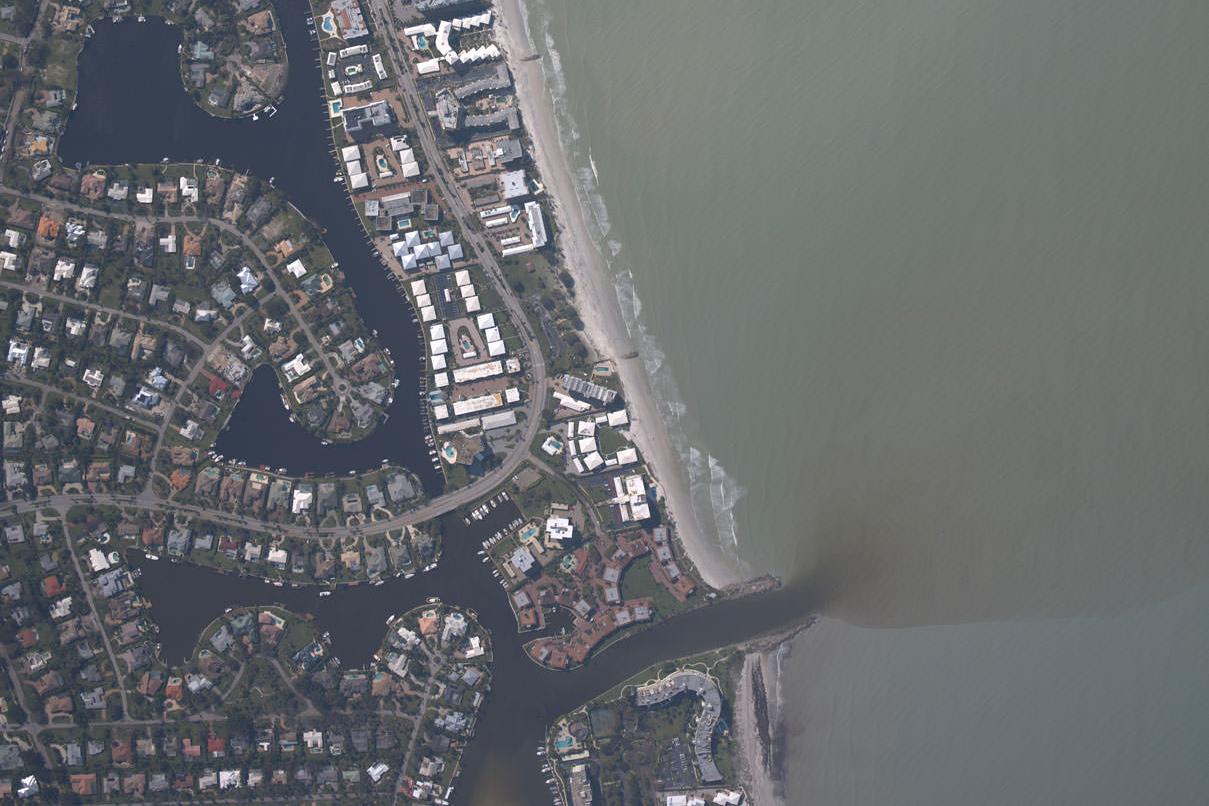
Featured Articles and Series
To learn more about how OR&R protects and restores ocean and coastal resources from the impacts of threats such as oil, chemicals, marine debris, and disasters to benefit the environment, public, and economy, visit the resources below.
Articles
Marine pollution crops up in many forms—from major oil spills and industrial waste, to pollution runoff and marine debris. Learn the ways NOAA's Office of Response and Restoration works to prevent marine pollution and how you can prevent it, too.
On April 20, 2020, NOAA joined our state and federal partners in observing 10 years after the Deepwater Horizon oil spill — an incident that resulted in the tragic loss of human life and an unprecedented impact to the Gulf’s coastal resources and the people who depend on them. Tune in as we go back in time to the day of our country’s largest marine oil spill, what’s happened since then, and how we’re better prepared for future spills.
Responders keep an array of response methods in their toolkit for dealing with oil in offshore waters: skimming and booming, in situ burning, and applying dispersants. Let's get to know a few of those tools and the situations when they might be the most appropriate.
Five years after the Deepwater Horizon oil spill, we are looking at various topics related to the response, the Natural Resource Damage Assessment science, restoration efforts, and the future of the Gulf of Mexico. First, take a look at the complex science behind answering what seems like a simple question during oil spills: Where will the oil go?
Cleaning oil off of shorelines is a messy business. But what methods and equipment do responders use to remove it? And how is that different from cleaning up oil out at sea? Let our infographic break it down for you.
Learn more about 25 Years of Response and Restoration
Cleaning up an oil spill and restoring the environment boils down to the science. Scientists, data managers, and emergency responders from OR&R, the Coastal Response Research Center (CRRC) at the University of New Hampshire, U.S. Coast Guard, University of Michigan, Coastal Monitoring Associates, Water Mapping, Environmental Protection Agency, State of California, and the U.S. Navy partnered to advance oil spill science using the natural oil seeps off the coast of Santa Barbara as their ‘lab’.
The Great Lakes region stands as a crucial ecosystem, supporting diverse species, habitats, and communities integral to both environmental health and human livelihoods.
In 2024, the Coastal Response Research Center (CRRC) celebrates its 20th year in partnership with OR&R and the University of New Hampshire (UNH).
To combat emerging and persistent marine pollution threats, scientists from NOAA’s Office of Response and Restoration (OR&R) collaborate with leading experts on topics like marine debris, environmental economics, endangered species, environmental chemistry, and many other subjects that intersect with pollution science.
OR&R takes a closer look at ways marine pollution affects people, exploring the mental and physical health effects of oil spills and marine debris, the cultural impact historic industrial pollution has had on tribes in the Great Lakes, and more.
The Environmental Response Management Application (ERMA®) is NOAA’s online mapping tool that integrates both static and real-time data, enabling users to quickly and securely access, analyze, and display spatial data. The "Map of the Month" series highlights unique maps from throughout ERMA's use and history.
NOAA’s Office of Response and Restoration develops scientific solutions in its mission to keep the coasts clean from threats of oil, chemicals, and marine debris. Much of this work centers around disasters—both natural and human-caused. The tools and technology we develop, use, and train others to use are one of the most integral ways the office helps to prepare for, respond to, and recover after disasters.
Marine pollution comes in all shapes and sizes, and can travel through many different paths. Discover how pollution, in its many forms, can travel far and wide—impacting natural resources and the people and wildlife that depend on them.
From coastal storms such as hurricane, to pollution threats such as oil spills and marine pollution, coastal communities are becoming increasingly vulnerable to these threats due to rising sea levels. NOAA's Office of Response and Restoration works to bolster the resilience of our nation's coasts before, during, and after a disaster.
Discover more about the different types of marine debris, where it comes from, and the ways it impacts wildlife, habitats, and people. Get answers about garbage patches, and learn how you can make a difference and help solve the marine debris problem, whether you live on the coast, or hundreds of miles away!
 An official website of the United States government.
An official website of the United States government. 
